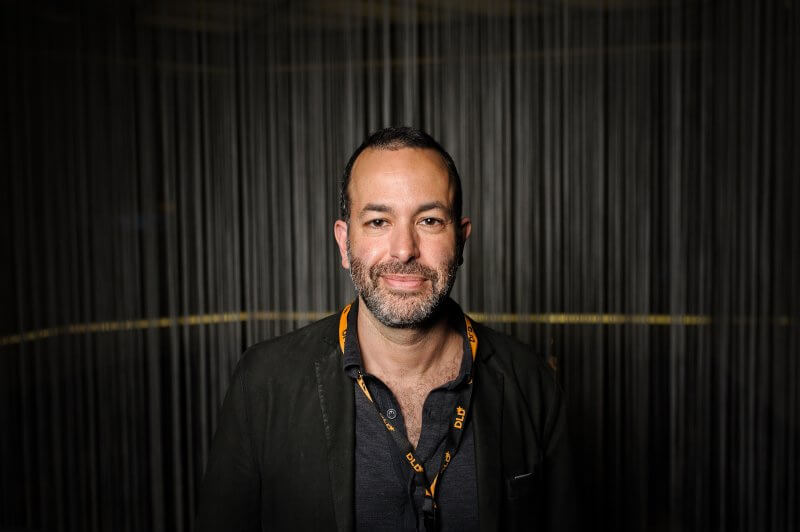COVID-19 Won’t Be the Last Pandemic. Here’s What We Can Do to Protect Ourselves

COVID-19 will not be the last pandemic in our deeply interconnected world, and sadly it won’t be the worst. Two profoundly different possible futures are available to us: one in which we stick our heads in the sand as we have consistently done, and one where humanity takes the hard, necessary steps to protect itself.
In a world where we take the path toward resilience, we will universally eliminate the wild-animal trade, stopping many epidemics from occurring in the first place. Most viral epidemics spill over from wild animals, particularly animals closely related to us, like mammals. Eliminating the wildlife trade will reduce spillovers by breaking the link between wild animals and dense cities with vast human populations.
Such a ban won’t completely eliminate contact with wildlife viruses. But in a resilient future, we will know our enemy better than we do now, thanks to the virologists currently seeking out and studying as many viruses as possible. Virologists estimate that wild animals carry approximately 750,000 viruses with the ability to infect people. This seems like a huge number, but pilot efforts like USAID’s PREDICT program have demonstrated the feasibility of a comprehensive inventory of these viruses. The envisioned Global Virome Project will cost billions of dollars—and will do for epidemics what the Human Genome Project has done for medicine, providing the scientific world with detailed knowledge of the viruses that will cause tomorrow’s pandemics. The Coalition for Epidemic Preparedness Innovations has already raised hundreds of millions of dollars to develop vaccine pipelines for future pandemics, and armed with genetic data from the 750,000 viruses, it would be able to establish viral libraries before novel epidemics emerge—dramatically decreasing the time to develop a new vaccine.
